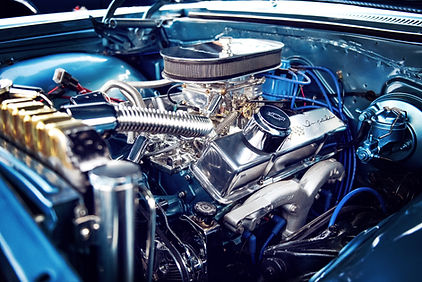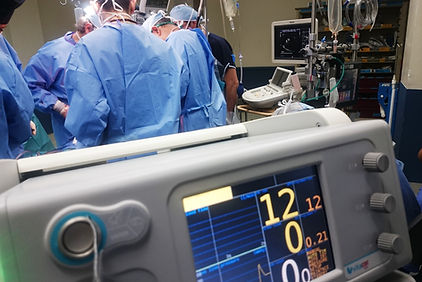
Module 6: Particles and medical physics
The particles and medical physics topic is taught mainly in year 13, with some aspects of the particle physics topic taught in year 12. This module encompasses many different aspects of physics, a good understanding of year 12 electricity and GCSE radioactivity will help to understand the topics covered.
The particles and medical physics module splits into 5 sub-modules:
6.1 Capacitors

By the end of this topic you should be able to:
-
Define and calculate capacitance for individual capacitors and capacitors in series and parallel
-
Describe charging and discharging of capacitors in terms of flow of electrons, and describe techniques to investigate this
-
Describe a graph showing the relationship between p.d. and charge for a capacitor and use this and other equations to find the energy stored in a capacitor
-
Describe graphically the exponential changes in the voltage, energy and charge as a capacitor charges and discharges and use equations to calculate these variables using the time constant for a capacitor-resistor circuit

6.2 Electric fields
By the end of this topic you should be able to:
-
Describe what is meant by an electric field and draw the electric field lines around single point charge
-
Calculate the electric field strength
-
Use Coulomb's law to calculate the force between two point charges.
-
Calculate the electric field strength
-
Describe the similarities and differences between gravitational fields and electric fields
-
Calculate electric field strength
-
Calculate capacitance and permittivity for parallel plate capacitors and capacitance for isolated spheres
-
Describe the motion of charged particles in a uniform electric field
-
Define and calculate electric potential and electric potential energy
-
Draw force-distance graphs for point and spherical charges and link this to work done
6.3 Electro-magnetism

By the end of this topic you should be able to:
-
Describe how magnetic fields can be created and use magnetic field lines to map magnetic fields around a wire, coil and solenoid
-
Use Fleming's left-hand rule to give the direction of a force and calculate the magnitude of this force
-
Describe an experiment to determine the uniform magnetic flux density between the poles of a magnet using a wire and balance
-
Calculate the force on particles traveling at right angles through a uniform magnetic material and describe their motion
-
Describe the motion of particles with an electric and magnetic field
-
Define magnetic flux and magnetic flux linkage, and describe experiments to investigate this in search coils
-
Describe Faraday's law of electromagnetic induction and link this to Lenz's law
-
Describe how an a.c. generator works
-
Describe how a transformer works and perform calculations of the current and voltage of these based on the number of coils

6.4 Nuclear and Particle Physics
By the end of this topic you should be able to:
-
Describe radioactive decay and the properties of alpha, beta plus and minus, and gamma radiation, including how their absorption by different materials could be determined experimentally
-
Describe beta decay in terms of the quark model
-
Use nuclear equations to show radioactive decay
-
Define what is meant by the half life of an isotope and how this relates to the activity, describe how the half life could be determined experimentally
-
Use exponential decay equations to determine the activity or number of nuclei in a sample at a given time. Show how this can be modelled using dice
-
Describe methods for radioactive dating, for example carbon dating
-
Use Einstein's mass-energy equation to calculate mass defect, binding energy and binding energy per nucleon during simple nuclear reactions
-
Understand the binding energy per nucleon against nucleon number curve and how this dictates if elements emit energy through fusion or fission
-
Describe the process of nuclear fission and the parts of a fission reactor involved in controlling the chain reaction
-
Describe the process of nuclear fusion
6.5 Medical Physics

By the end of this topic you should be able to:
-
Describe the generation of X-rays using an X-ray tube
-
Explain the four methods of x-ray attenuation and calculate the reduction in intensity of x-rays
-
Describe how a CAT scan works and the advantages of this over an x-ray image
-
Describe the use of radioactive tracers in medicine and the components and use of a gamma camera as part of this
-
Describe how a PET scan works
-
Describe the properties of ultrasound and hows this is generated and detected using the piezoelectric effect
-
Describe the similarities and differences between an ultrasound A and B scan
-
Calculate acoustic impedance of a medium and use this to determine the ratio of reflected ultrasound at a boundary. Using this phenomena describe why a gel is used in an ultrasound for impedance matching
-
Describe the Doppler effect in ultrasound to determine the speed of blood and calculate this.
